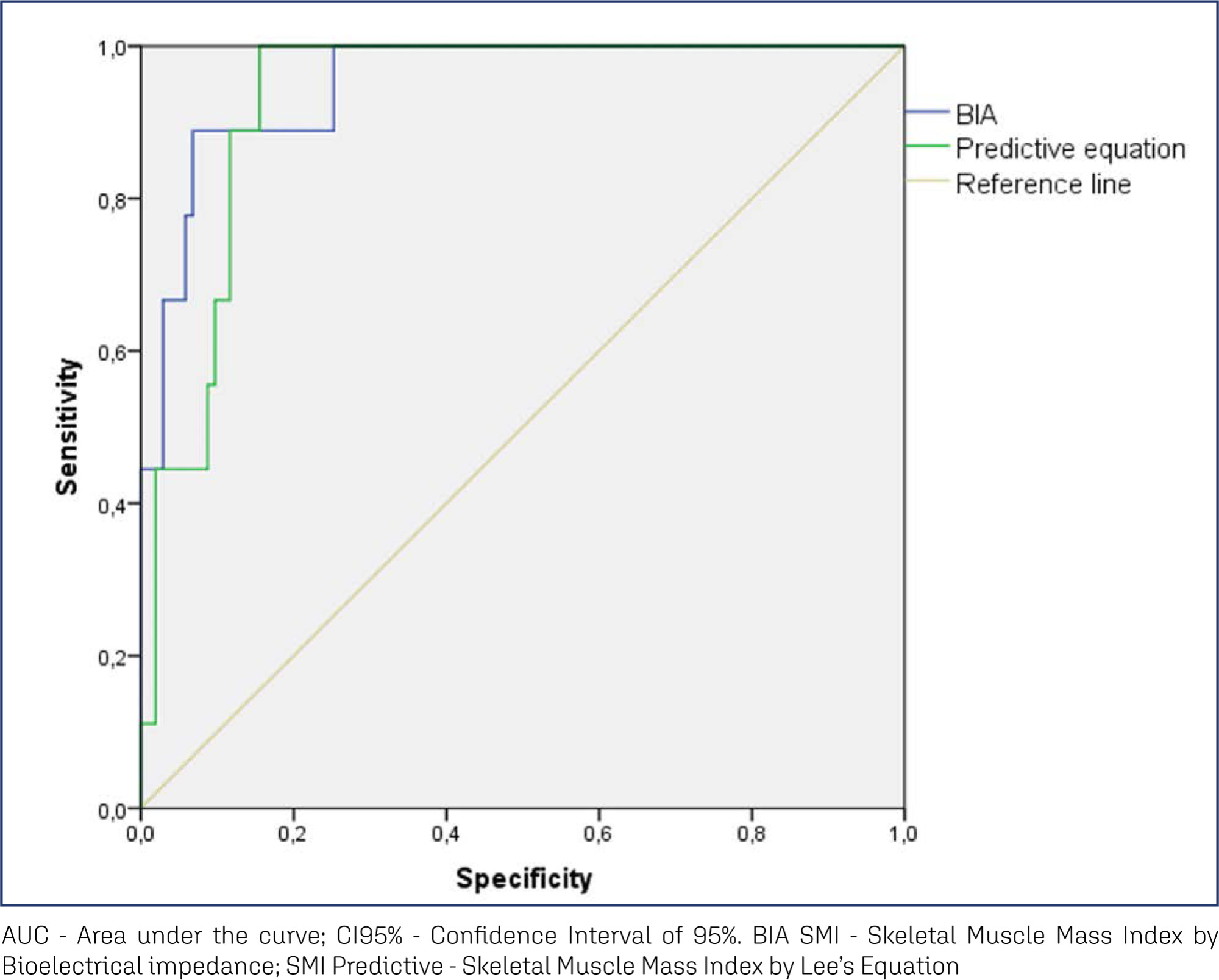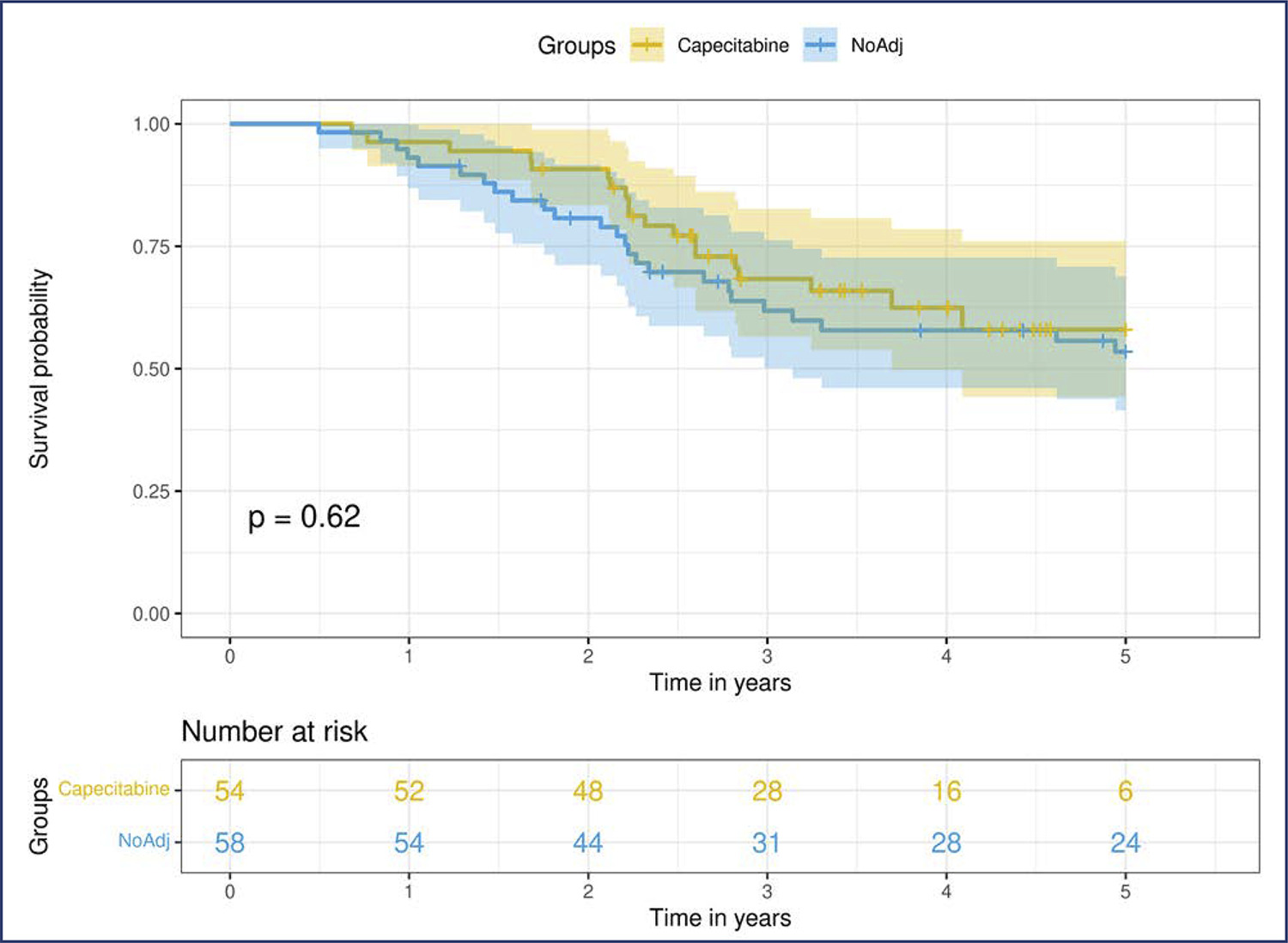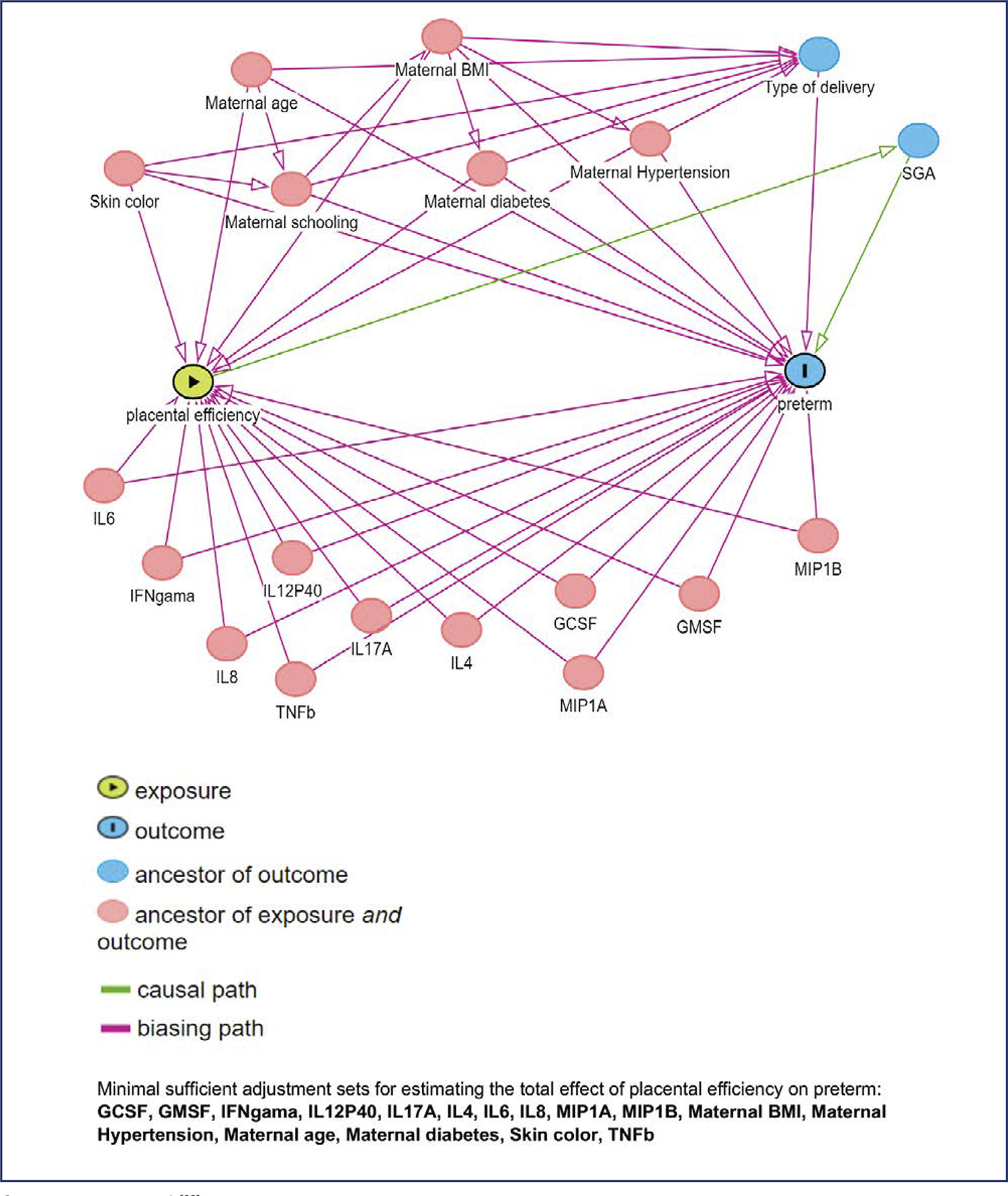Summary
Revista Brasileira de Ginecologia e Obstetrícia. 2024;46:e-rbgo9
To analyze the amount of muscle and the presence of sarcopenia in postmenopausal women using different methods, verifying the agreement between them as to skeletal muscle mass (SMM).
This cross-sectional observational study was conducted with postmenopausal women aged ≥ 50 years. SMM was obtained from a predictive equation, Bioelectrical Impedance (BIA), and Dual Energy X-Ray Absorptiometry (DXA). The skeletal muscle mass index (SMI) and the appendicular skeletal muscle mass index (ASMI) were calculated. The cut-off point of SMI was determined for the population itself. The agreement between the SMI obtained using the different methods was verified. Sarcopenia was diagnosed according to the criteria proposed by the European Working Group on Sarcopenia in Older People 2 (EWGSOP2). The significance level adopted for all tests was 5.0%.
A total of 112 women were evaluated, with an average age of 66.1 ± 5.65 years. Among them, 51.8% were sufficiently active and 43.8% were overweight and obese. The SMI cut-offs were 6.46 kg/m2 for the predictive equation and 7.66 kg/m2 for BIA, with high sensitivity and specificity. There was an excellent agreement in the identification of SMM by the predictive equation (0.89 [0.824-0.917], p < 0.001) and BIA (0.92 [0.883-0.945], p < 0.001), in reference to DXA. The prevalence of sarcopenia was 0.9%, 1.8%, and 2.7% according to BIA, DXA, and the predictive equation, respectively.
The predictive equation showed the expected agreement in estimating skeletal muscle mass in postmenopausal women, offering a viable and accurate alternative.

Summary
Revista Brasileira de Ginecologia e Obstetrícia. 2024;46:e-rbgo29
Neoadjuvant chemotherapy (NACT) has become the standard of care for patients with triple-negative breast cancer (TNBC) with tumors > 1 cm or positive axillary nodes. Pathologic complete response (pCR) has been used as an endpoint to select patients for treatment scaling. This study aimed to examine the benefit of adding adjuvant capecitabine for TNBC patients who did not achieve pCR after standard NACT in a real-world scenario.
This retrospective cohort study included all patients with TNBC who underwent NACT between 2010 and 2020. Clinicopathological data were obtained from the patient records. Univariate and multivariate analyses were conducted at the 5 years follow-up period.
We included 153 patients, more than half of whom had stage III (58.2%) and high-grade tumors (60.8%). The overall pCR rate was 34.6%, and 41% of the patients with residual disease received adjuvant capecitabine. Disease-specific survival (DSS) among the patients who achieved pCR was significantly higher (p<0.0001). Residual disease after NACT was associated with detrimental effects on DSS. In this cohort, we did not observe any survival benefit of adding adjuvant capecitabine for patients with TNBC subjected to NACT who did not achieve pCR (p=0.52).
Our study failed to demonstrate a survival benefit of extended capecitabine therapy in patients with TNBC with residual disease after NACT. More studies are warranted to better understand the indication of systemic treatment escalation in this scenario.

Summary
Revista Brasileira de Ginecologia e Obstetrícia. 2024;46:e-rbgo30
To evaluate the mode of delivery according to Robson classification (RC) and the perinatal outcomes in fetal growth restriction (FGR) and small for gestational age (SGA) fetuses.
Retrospective cohort study by analyzing medical records of singleton pregnancies from two consecutive years (2018 and 2019). FGR was defined according to Delphi Consensus. The Robson groups were divided into two intervals (1–5.1 and 5.2–10).
Total of 852 cases were included: FGR (n = 85), SGA (n = 20) and control (n=747). FGR showed higher percentages of newborns < 1,500 grams (p<0.001) and higher overall cesarean section (CS) rates (p<0.001). FGR had the highest rates of neonatal resuscitation and neonatal intensive care unit admission (p<0.001). SGA and control presented higher percentage of patients classified in 1 - 5.1 RC groups, while FGR had higher percentage in 5.2 - 10 RC groups (p<0.001). FGR, SGA and control did not differ in the mode of delivery in the 1-5.1 RC groups as all groups showed a higher percentage of vaginal deliveries (p=0.476).
Fetuses with FGR had higher CS rates and worse perinatal outcomes than SGA and control fetuses. Most FGR fetuses were delivered by cesarean section and were allocated in 5.2 to 10 RC groups, while most SGA and control fetuses were allocated in 1 to 5.1 RC groups. Vaginal delivery occurred in nearly 60% of FGR allocated in 1-5.1 RC groups without a significant increase in perinatal morbidity. Therefore, the vaginal route should be considered in FGR fetuses.
Summary
Revista Brasileira de Ginecologia e Obstetrícia. 2024;46:e-rbgo55
Our study evaluated the effectiveness of the Botucatu Abbreviated Protocol in breast magnetic resonance imaging (MRI) within Brazil’s public healthcare system, focusing on its impact on patient access to MRI exams.
This retrospective study involved 197 breast MRI exams of female patients over 18 years with histological breast carcinoma diagnosis, conducted at Hospital das Clínicas de Botucatu - UNESP between 2014 and 2018. Two experienced examiners prospectively and blindly analyzed the exams using an Integrated Picture Archiving and Communication System (PACS). They first evaluated the Botucatu Abbreviated Protocol, created from sequences of the complete protocol (PC), and after an average interval of 30 days, they reassessed the same 197 exams with the complete protocol. Dynamic and morphological characteristics of lesions were assessed according to BI-RADS 5th edition criteria. The study also analyzed the average number of monthly exams before and after the implementation of Botucatu Abbreviated Protocol.
The Botucatu Abbreviated Protocol showed high sensitivity (99% and 96%) and specificity (90.9% and 96%). There was a significant increase in the average monthly MRI exams from 6.62 to 23.8 post-implementation.
The Botucatu Abbreviated Protocol proved effective in maintaining diagnostic accuracy and improving accessibility to breast MRI exams, particularly in the public healthcare setting.
Summary
Revista Brasileira de Ginecologia e Obstetrícia. 2024;46:e-rbgo56
This study aimed to translate and validate the Estro-Androgenic-Symptom Questionnaire in Women (EASQ-W) into Brazilian Portuguese language, as we hypothesized that this tool would be consistent for addressing the specific context of hormonal symptoms in menopause.
In a cross-sectional study, a total of 119 women with Genitourinary Syndrome of Menopause (GSM) and 119 climacteric women without GSM were included. The EASQ-W was translated, and its psychometric properties were rigorously examined. Participants completed questionnaires covering sociodemographic details, the EASQ-W, and the Menopause Rating Scale (MRS). A subgroup of 173 women was re-invited after 4 weeks for test-retest analysis of the EASQ-W. Additionally, the responsiveness of the questionnaire was evaluated in 30 women who underwent oral hormonal treatment.
The internal consistency of the EASQ-W was found to be satisfactory in both GSM and control groups (Cronbach’s alpha ≥ 0.70). Notably, a floor effect was observed in both groups; however, a ceiling effect was only evident in the sexual domain of the GSM group. Construct validity was established by comparing the EASQ-W with the MRS, yielding statistically significant correlations (0.33831-0.64580, p < 0.001). The test-retest reliability over a 4-week period was demonstrated to be satisfactory in both the GSM and control groups (ICC 0.787-0.977). Furthermore, the EASQ-W exhibited appropriate responsiveness to oral hormonal treatment (p < 0.001).
This study successfully translated and validated the Estro-Androgenic-Symptom Questionnaire in Women (EASQ-W) into Brazilian Portuguese, with satisfactory internal consistency, test-retest reliability, and construct validity.

Summary
Revista Brasileira de Ginecologia e Obstetrícia. 2024;46:e-rbgo58
To assess a panel of cytokines and placental insufficiency with the risk of preterm delivery (PTD).
Nested case-control study into the BRISA birth cohort. Eighty-two mother-infant-placenta pairs were selected at 20+0 to 25+6 weeks. Circulating biomarker levels were performed using Luminex flowmetric xMAP technology. Cytokines classified as Th1, Th2 or Th17 and other biomarkers were selected. The ratio between birth weight and placental weight (BW/PW) was used as a proxy for placental efficiency. Spearman correlation, univariate analyses and logistic regression models were calculated. Sensitivity, specificity, positive and negative likelihood ratios were calculated using the Receiver Operating Characteristic curve.
Mean gestational age was 250 days, 14,6% were small for gestational age, 4,8% large for gestational age and 13,4% stunted. Placental efficiency was higher for term newborns (p<0,001), and 18/22 (81%) preterm biomarker values were higher than the control group. Th1 cytokines were highly correlated, while the weakest correlation was observed in other biomarkers. Less education was associated with a higher risk of PTD (p = 0.046), while there was no appreciable difference in the risk of PTD for placental insufficiency. Biomarkers showed negligible adjusted OR of PTD (0.90 to 1.02). IL-6, IL-8, IL-1β, TNFβ, IL-4, IL-13, GCSF, MIP1A, VEGF, EGF, and FGF2 presented a higher sensitivity ranging from 75.56% to 91.11%.
IL-8, IL-12p40, IL-4, IL-13, GCSF, MIP1B, and GMSF in asymptomatic pregnant women were associated with PTD. This finding suggests an activation of maternal inflammatory response.

Summary
Revista Brasileira de Ginecologia e Obstetrícia. 2024;46:e-rbgo59
To assess the association between sociodemographic and perinatal factors and hospital practices to encourage exclusive breastfeeding in near miss neonates in maternity hospitals.
This is a prospective cohort of live births from the survey “To be born in Brazil” conducted between 2011 and 2012. The weighted number of newborns who met the neonatal near miss criteria was 832. Exclusive breastfeeding at hospital discharge and 45 days after delivery were dependent variables of the study. The sociodemographic and perinatal factors of the puerperal women and hospital practices to encourage breastfeeding were independent variables. The data were analyzed with Poisson regression and set with p value<0.05. Is exclusive breastfeeding in neonatal near misses associated with factors related to sociodemographic conditions, maternal characteristics and the organization of health services?
Data from 498 women and their children were analyzed. Mothers with incomplete primary education were more likely (36%) to have exclusive breastfeeding (RR: 1.36; 95% CI: 1.06-1.74) at discharge. Women who did not offer the breast to the newborn in the joint accommodation (65%) were less likely to be breastfeeding exclusively (RR: 0.65; 95% CI: 0.56-0.75) at discharge. Variables that increased the probability of exclusive breastfeeding after 45 days of delivery were primiparity (RR: 1.36; 95% CI: 1.08-1.69) and having the newborn in the delivery room (RR: 1.90; 95% CI: 1.12-3.24).
Exclusive breastfeeding in neonatal near misses was associated with maternal characteristics and important hospital practices, such as being breastfed in the joint accommodation and the newborn being in the mother’s lap in the delivery room.